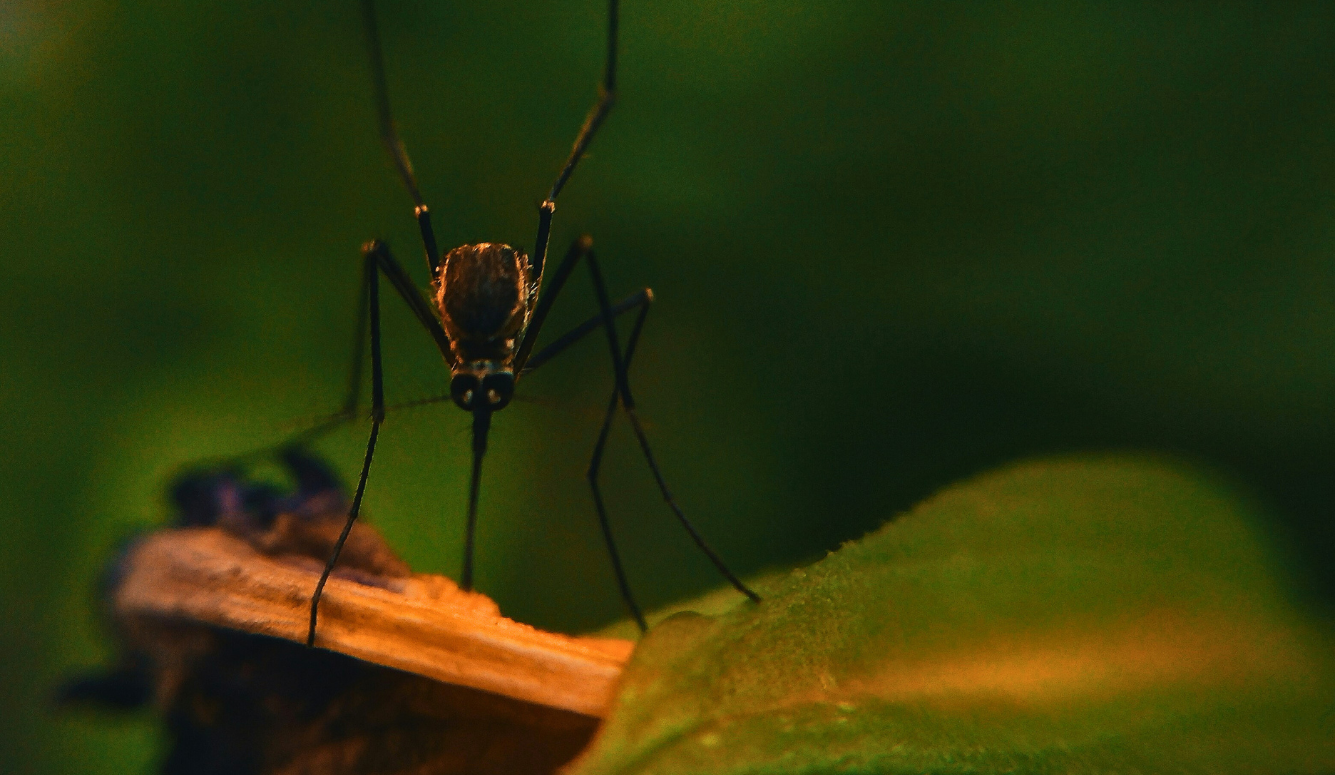Science
Poisoning Mosquitoes with Human Blood
Scientists may have discovered a new weapon in the fight against mosquito-borne diseases.

Few creatures are as deadly as the mosquito. These small insects are responsible for transmitting malaria, dengue fever, Zika virus, and other diseases that collectively kill over a million people every year. While insecticides have long been the main tool for controlling mosquito populations, they have significant drawbacks: They can harm other insects, contribute to environmental damage, and are becoming increasingly ineffective as mosquitoes develop resistance.
But what if we could turn the tables on these pests and make their favourite food—human blood—a lethal weapon against them?
A groundbreaking recent study shows that mosquitoes can be poisoned by the blood of people taking a specific medication. The drug, nitisinone, is already approved by the US Food and Drug Administration for treating certain rare genetic disorders, and researchers have now found that it is also highly effective at killing malaria-carrying mosquitoes.
The concept of poisoning mosquitoes through their blood meals isn’t entirely new. In the past, scientists have investigated ivermectin, a widely used antiparasitic drug, as a potential mosquito-killing agent. The idea is simple: When a mosquito bites a person or animal treated with ivermectin, the drug enters the mosquito’s system and ultimately kills it. However, ivermectin has limitations—it works relatively slowly, taking up to four days to kill mosquitoes, and its effects wear off quickly in the bloodstream.
Nitisinone presents a more promising alternative. Unlike traditional insecticides, which typically target the mosquito’s nervous system, nitisinone disrupts a crucial enzyme (HPPD) that mosquitoes need to digest their blood meal. Without this enzyme, mosquitoes experience a metabolic shutdown, leading to death within 24 hours—far faster than with ivermectin.
Perhaps most excitingly, nitisinone appears to be effective at much lower doses than previously expected. Even blood from people taking small amounts of the drug proved lethal to mosquitoes. This means that individuals in malaria-endemic regions could potentially take a safe low dose of nitisinone, turning their blood into a mosquito-killing agent without significant side effects.
Since nitisinone targets a completely different biological pathway from traditional insecticides, mosquitoes have no pre-existing resistance to it. In addition, it is just as lethal to older mosquitoes as to younger ones and this is important since malaria is primarily transmitted by older female mosquitoes that have lived long enough to pick up the parasite from an infected person. Finally, nitisinone stays in the bloodstream for much longer than ivermectin. According to pharmacokinetic modelling, a person taking three daily doses of nitisinone (1 mg/kg) would maintain mosquito-killing levels in their blood for up to sixteen days—six days longer than ivermectin. This extended protection could reduce the frequency of dosing, making it easier to implement as a public health strategy.
Although the results of this study are very promising, further research is needed before nitisinone can be widely used for mosquito control. The drug is currently approved for treating certain rare metabolic disorders, but its long-term safety in healthy individuals needs to be carefully studied. Researchers must also ensure that nitisinone does not interfere with other malaria treatments.
If it does prove safe and effective, nitisinone could be used in a variety of ways. People in malaria hotspots could take the drug during peak transmission seasons to reduce mosquito populations. It could complement bed nets, insecticide sprays, and antimalarial medications to create a multi-pronged strategy against malaria and it could be given to livestock to reduce mosquito populations in rural areas.
The fight against malaria has been an arms race, as mosquitoes have developed insecticide resistance and changed their behaviour to evade destruction. Nitisinone offers a potentially revolutionary new way to combat this deadly disease.





